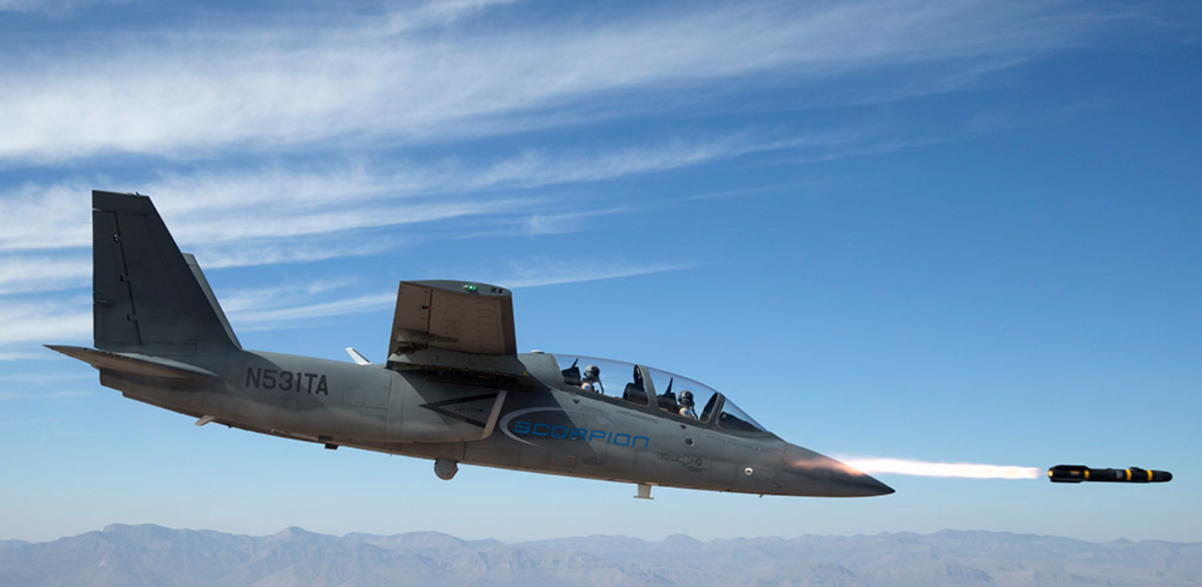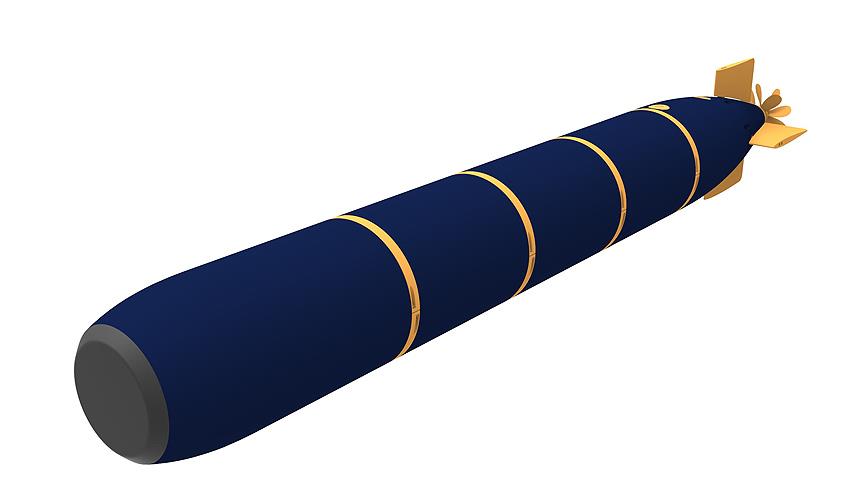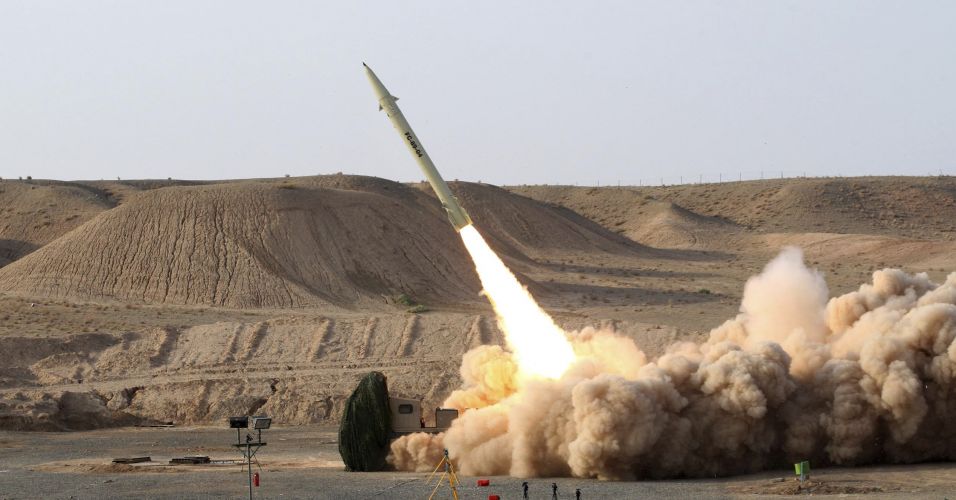34Views 1Comment

Textron AirLand Scorpion successfully test-fires munitions
Last week, the Textron AirLand Scorpion lightweight combat aircraft successfully test-fired a range of air-to-ground munitions over the White Sands Missile Range in New Mexico.
As per a press release from Textron AirLand, the Scorpion fired Hydra-70 unguided 2.75 in rockets, BAE Systems Advanced Precision Kill Weapon System (i.e. laser-guided Hydra-70)-equipped rockets, and AGM-114F Hellfire anti-tank guided missiles (ATGM). The integration process took less than three months.
The laser-guided munitions were guided from the ground and, later, from the Scorpion via the onboard electro-optical and infrared (EO/IR) pod, the L-3 WESCAM MX-15i (which has a laser-designator).
Notes & Comments:
A private venture between Textron and AirLand Enterprises, the Scorpion was envisaged as a low-cost light combat aircraft capable of advanced or lead-in fighter-training, air-to-ground attack, and ISR [i.e. intelligence, surveillance, and reconnaissance].
The Scorpion conducted its maiden test flight in December 2013 and is currently being developed to service the entry-level combat aircraft market, which has taken shape in recent years through the spread of turboprop-powered close air support (CAS) aircraft such as the Embraer A-29 Super Tucano.
It stands to reason that the developing world market, which the A-29 is presently succeeding in, is one of the key segments Textron AirLand is looking to enter. However, this is a competitive space, one where China is looking to secure traction via the JF-17 and L-15 (and could yield an advantage thanks to its flexible regulatory frameworks regarding trade to questionably governed states).
A less prominent – but important – market is that of private training services.
In August, Textron AirLand partnered with Thales and QinetiQ to offer the Scorpion for the U.K. Ministry of Defence (MoD)’s Air support to Defence Operational Training (ASDOT) program. ASDOT is being envisaged as a complete program to cover the MoD’s full breadth of needs (including aggressor training).
The ASDOT contract is valued at £750 million (i.e. $917 million U.S.). Draken International, which is building a fleet of Aero Vodochody L-159s (to add to its A-4N Skyhawk fleet), is also competing for the ASDOT tender. The Canadian Contracted Airborne Training Services program may also be of interest.
The present lack of a launch customer does not mean that continued development for the Scorpion is misplaced; rather, there are two key market segments worth exploring, and to varying degrees, both are accessible to the Scorpion. In the short-term, focus will likely move towards the air services market, which is largely dependent on legacy – i.e. aging – airframes. A medium-to-long term threat could emanate from the T-X winner, but the short-term is ideally suited for the Scorpion.


